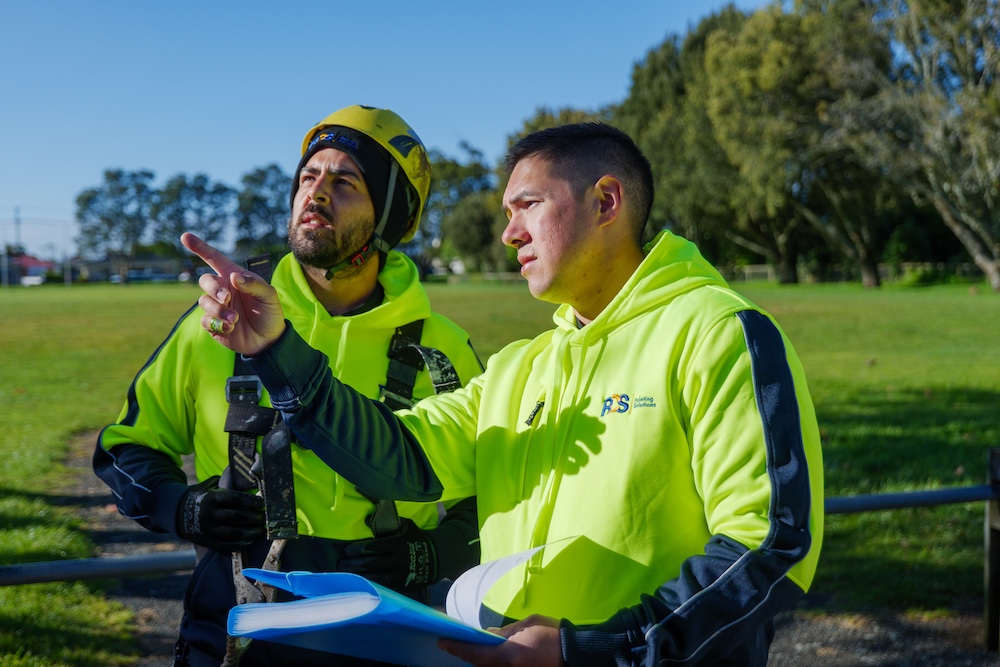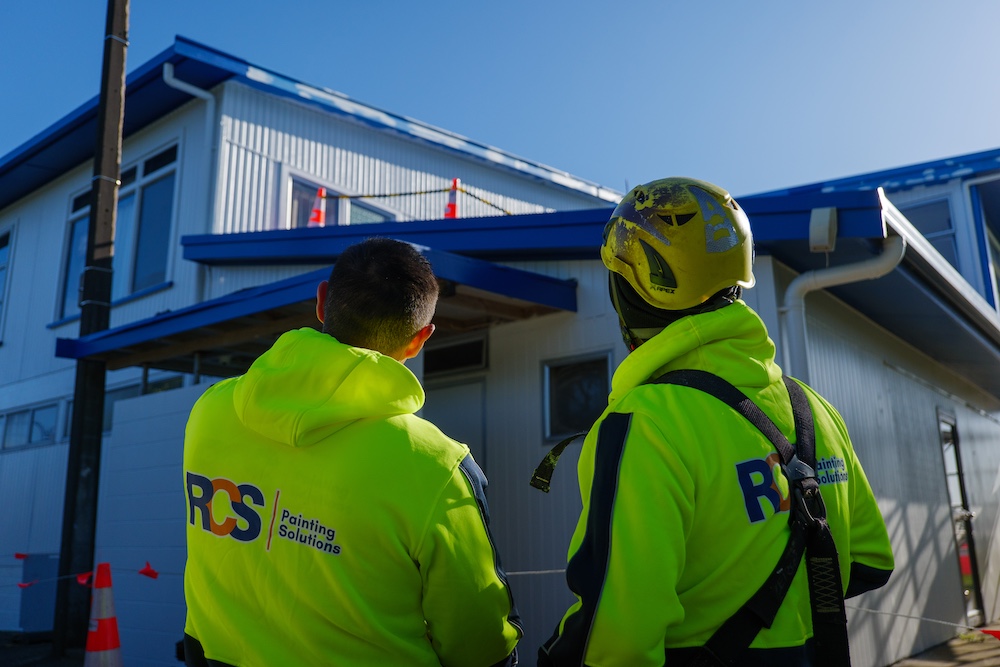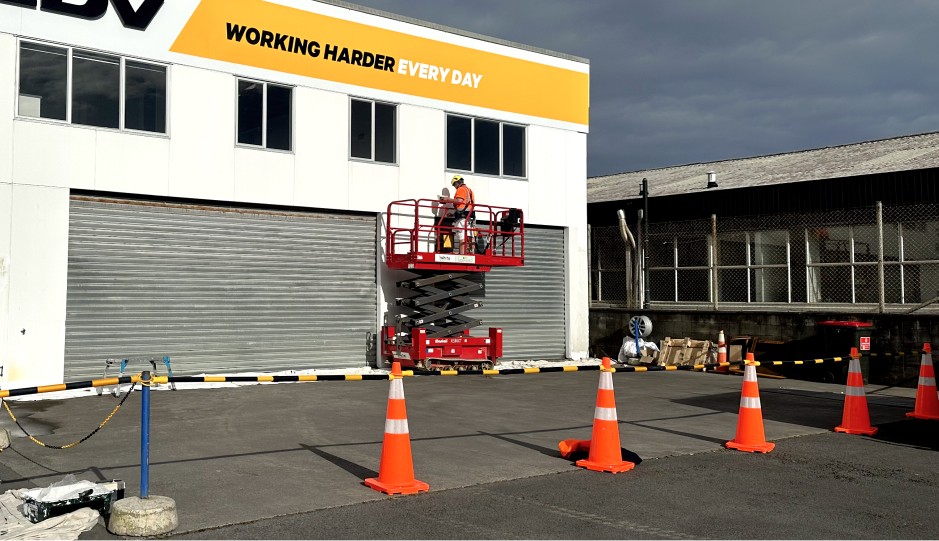As part of the Health and Safety at Work Act, employers must allow employees to regularly engage in health and safety discussions. Here are essential tips on how to run a toolbox talk.
1. Schedule and Set the Scene for the Meeting
Inform the team about the location and timing of the meeting. Starting the day typically works best for most workplaces. Encourage everyone to participate by sharing their feedback, knowledge, and experiences. Use clear and simple language to effectively convey the key health and safety messages.
Toolbox meetings present an excellent opportunity to offer positive feedback for safe behaviours, hard work, and initiatives. It’s essential to avoid criticism and to acknowledge everyone’s contributions. The meeting should facilitate engagement rather than feel like a lecture.
Make sure that both running and attending toolbox safety meetings are recognized as vital parts of each person’s role. If workers view health and safety as an afterthought, it is often neglected.

2. Follow an Agenda
To ensure comprehensive coverage of all essential topics, follow this agenda:
- Inform workers about changes to company procedures.
- Identify new hazards and review existing ones.
- Develop or review hazard controls.
- Discuss and review accident and incident data.
- Outline the work program for the day or week ahead.
- Allow company leaders to address the business direction or a specific topic.
- Discuss any new equipment on site.
- Provide a brief training session (Site Safe offers exclusive toolbox talk topics to its members for upskilling and informing workers).

3. Record Meeting Notes
Meeting details must be recorded and stored securely. Document meeting dates, attendees, and discussion points. Include follow-up items from previous hazards, accidents, and incidents.
Download a Toolbox Talk Minutes Template here
4. Choose Topics to Discuss
Discussion points for safety meetings should be relevant to current or upcoming activities in the workplace. To identify topical items for discussion, consider input from workers, note any changes on-site or work processes, observe shifts in the work environment, or respond to any accidents or incidents that have occurred.
Listed below are some suggested topics for discussion:
- What items would workers like to discuss?
- Introduction of new plant or processes
- Development of task analysis or methodologies
- Changes in season e.g. sun smart, dehydration
- Handling of materials
- Identifying training requirements.
For more advice and resources check out member access to the listed toolbox talks here
5. Common Areas of Discussion
Lead-Based Paint
Lead paint, common in older buildings and beneath newer layers, is a chemical hazard. Some special-purpose paints still use lead and are clearly labelled as toxic. Assume buildings over 25 years old contain lead.
Working at Height
Working at height is a hazard. WorkSafe reported 645 injuries and 12 deaths in construction from 2022 – 2023. Most falls occur from low heights. Work under 3m and scaffolding under 5m are largely unregulated, although duties under HSAW still apply.
Fire Safety
Safe work systems should eliminate or minimise the risks of fire. HSAW Regulations require workers to be trained to follow emergency response plans, have the appropriate equipment on hand, and have access to first aid.
Lifting Operations and Dogmen
In civil and commercial construction, cranes are used to move large loads. A competent crane operator is essential. The dogman (rigger) handles slinging the load. The site controller ensures the crane is operational, safely positioned, and used properly.
Temporary Work Platforms
Temporary work platforms encompass trestles, podiums, folding and step-up platforms, constructed work platforms, and platform ladders. Since 2013, over 5,000 construction workers have fallen from heights, many of which are low heights that remain largely unregulated.
Biological Hazards
Biological hazards include bacteria, fungi, viruses, plant, and animal particles. Pathogens can be water- or air-borne, or live in organic matter and soil. 80 cases of Leptospirosis and 180 cases of legionellosis were notified to MOH in 2021 (ESR data).
Asbestos
The health effects of asbestos exposure are asbestosis, lung cancer, and mesothelioma. It can take years for the harm to become evident. 220 people die from asbestos-related diseases every year.
Let RCS Prepare and Manage Your Commercial Site Safety Plan
If you want to ensure health and safety compliance for an upcoming commercial painting project, talk to us – we have the experience, know-how and processes to make it go smoothly. Contact Us.






